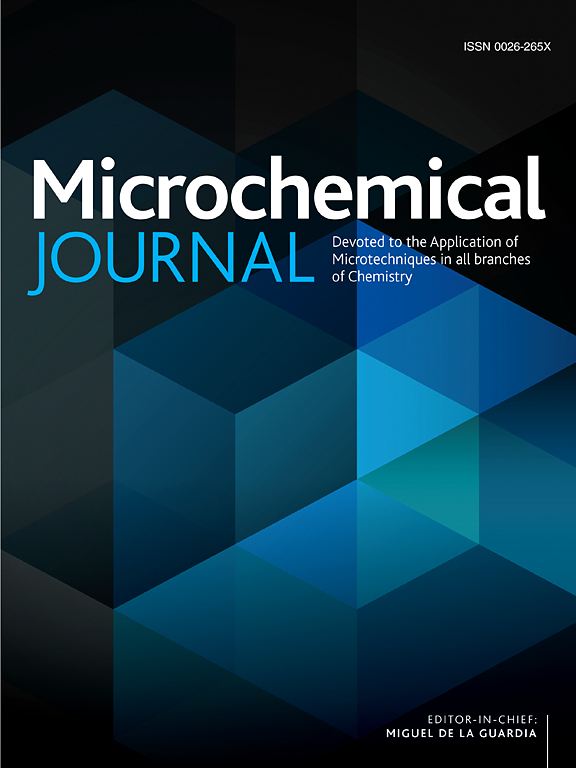From nanotechnology to AI: The next generation of CRISPR-based smart biosensors for infectious disease detection
IF 4.9
2区 化学
Q1 CHEMISTRY, ANALYTICAL
引用次数: 0
Abstract
Infectious diseases caused by pathogens such as viruses, bacteria, fungi and parasites continues to be a burden to global healthcare sector. Early and accurate detection of these pathogens are crucial for timely and appropriate treatment. Several conventional techniques have been developed for the detection of these diseases; however, these techniques have several trade-offs which include low accuracy and sensitivity, laborious, time consuming, expensive, multiple steps, the use of hazardous chemicals and reagent and the requirement of sophisticated devices, lack of point of care testing as well challenges in automation. The integration of nanotechnology in biosensing technology offer several advantages which include rapid, sensitive and accurate detection of pathogenic disease. The increase demand for high specific, point-of-care (POC) and deployable biosensors has led to the advent of CRISPR-based biosensors which are initially discovered in microorganism as part of their adaptive immune system and subsequently programmed as gene editing tool. CRISPR/Cas systems have become a powerful tool for the detection of infectious diseases due to its specificity. The biosensing platform relies on the specificity of Cas system couple with NA amplification techniques which include recombinase polymerase amplification (RPA), polymerase chain reaction (PCR), loop-mediated isothermal amplification (LAMP) etc. The integration of smart technology into biosensing techniques can enhance efficiency and data sharing. In this review, we will briefly discuss about the general characteristics and mechanisms of the CRISPR-Cas systems, overview conventional diagnostic approaches and biosensors, nanobiosensors, smart sensing technology, CRISPR-based biosensing strategies and prospect of smart CRISPR-based biosensors for POC testing.

求助全文
约1分钟内获得全文
求助全文
来源期刊

Microchemical Journal
化学-分析化学
CiteScore
8.70
自引率
8.30%
发文量
1131
审稿时长
1.9 months
期刊介绍:
The Microchemical Journal is a peer reviewed journal devoted to all aspects and phases of analytical chemistry and chemical analysis. The Microchemical Journal publishes articles which are at the forefront of modern analytical chemistry and cover innovations in the techniques to the finest possible limits. This includes fundamental aspects, instrumentation, new developments, innovative and novel methods and applications including environmental and clinical field.
Traditional classical analytical methods such as spectrophotometry and titrimetry as well as established instrumentation methods such as flame and graphite furnace atomic absorption spectrometry, gas chromatography, and modified glassy or carbon electrode electrochemical methods will be considered, provided they show significant improvements and novelty compared to the established methods.
 求助内容:
求助内容: 应助结果提醒方式:
应助结果提醒方式:


